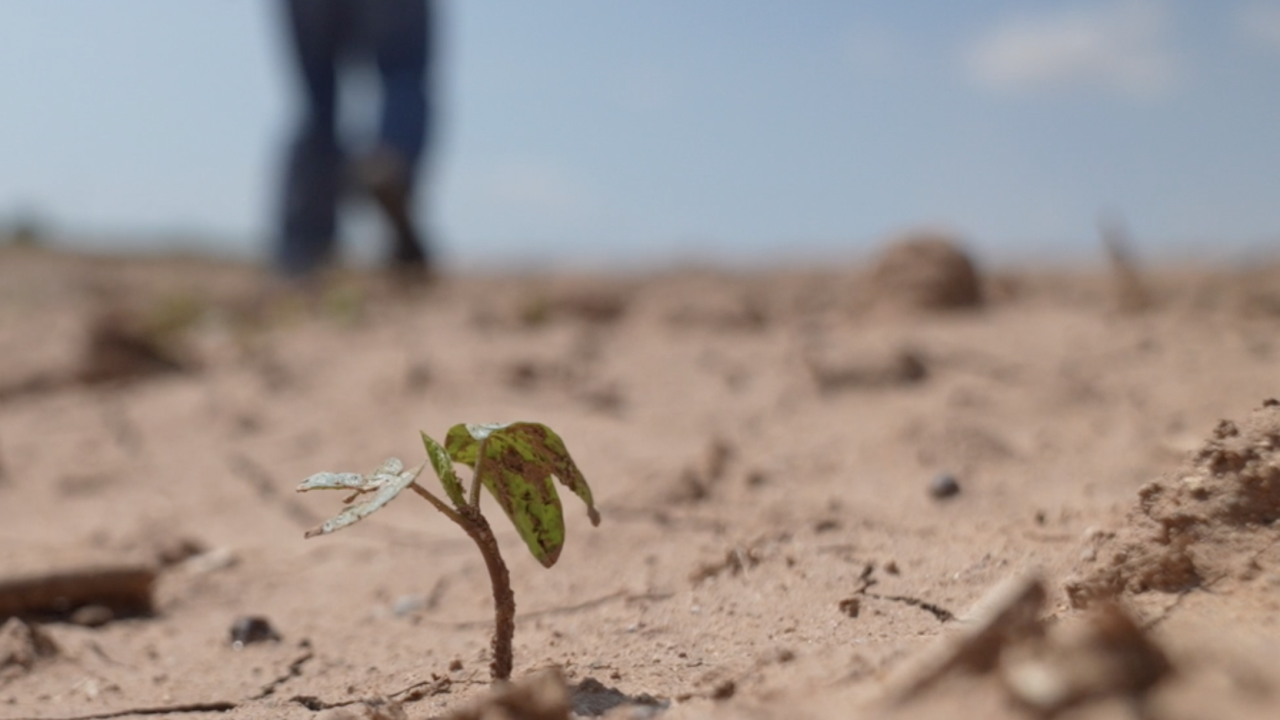HELENA — Members of the Governor’s Drought and Water Supply Advisory Committee met Thursday to assess drought conditions as the state heads into the spring season.
According to the committee, as of March 5, nearly half of the state is in some sort of drought.
They noted how February precipitation helped improve conditions, but the state remains below average for snowpack.
Snow levels are important because they can act as a sort of insurance policy against dry conditions later in the year.
Troy Blandford, Water Information Lead at the Montana State Library says a strong snowpack can also lessen the risk for wildfires.
“That if we have that snowpack, it can help carry us further into the summer. If we don't, then we're really relying on spring precipitation in early June, precipitation to both keep water temperatures cooler in the summer, but also keep the quantity up and keep the streams flowing at normal levels well into the end of the summer,” says Blandford.
Michael Downey, Drought Program Coordinator at DNRC, says it’s still too early to tell how the summer will stack up drought-wise.
It really comes down to how much precipitation we get over the next few months and what sort of temperatures we see.
Downey says the most concerning thing is the fluctuation between periods of extreme drought and periods of overly plentiful precipitation.
“How this summer is going to play out is going to depend upon the next couple of months. But then even as we get into the summer, you know, timely rains in July, frankly are really important in that kind of that growing season precipitation both for crops and for fire danger are really important, as well,” says Downey.




